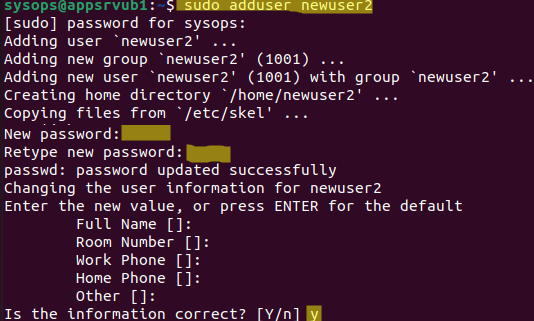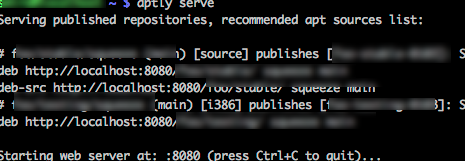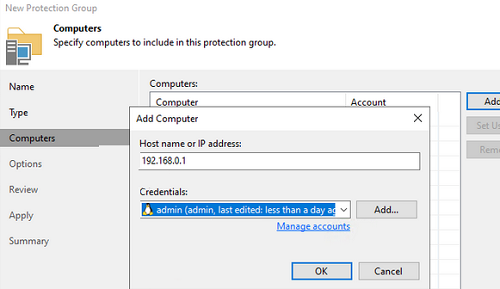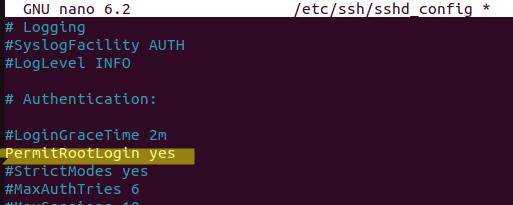In Linux, two commands are available to add a new user, useadd and adduser. What is the difference between useradd and adduser, and which one is better to use for creating new users in Linux?
Category: Debian
Nested virtualization allows you to run other hypervisors in a virtual machine. In this article, we will look at how to enable nested virtualization in Proxmox VE for Intel and AMD processors.
Continue reading “Enable Nested Virtualization in Proxmox Virtual Machine”
By default, OpenVPN certificates are used to authenticate users. This means, that any user who has a *.ovpn file with connection settings and certificates can connect to your OpenVPN server. In OpenVPN, you can enable and configure user authentication through an LDAP server (Active Directory or FreeIPA).
Continue reading “Configure OpenVPN Authentication via LDAP (Active Directory)”
In this article, we will show you how to quickly deploy your own local deb package repository and add the necessary packages to it.
Continue reading “Create a Local Deb Package Repository on Debian”
In this article, we will look at how to install Veeam Agent for Linux on CentOS/RHEL/Rocky/Oracle Linux/Debian/Ubuntu.
The Out of Memory Killer (OOM Killer) is a mechanism in the Linux kernel that frees up RAM when it runs out of memory by forcibly killing one of the running processes.
Using SSH in a docker container is a bad practice and should be avoided. In most cases, it is recommended to use the docker exec command to get a container shell. But in some cases, you need to connect to the docker container remotely via an interactive SSH session.
By default, when connecting, OpenVPN clients receive a dynamic IP from the DHCP range that you set in the OpenVPN server configuration file (server.ovpn) server network netmask (for example, server 10.24.1.0 255.255.255.0). In some cases, you want certain OpenVPN clients to get the same static IP address every time they connect.
Continue reading “OpenVPN: Assigning Static IP Addresses to Clients”
When trying to add a PPA in Ubuntu/Debian/Mint, you may get the following error:
Continue reading “Fixing add-apt-repository not found error in Linux”
To make it easier to join Ubuntu or Debian machine to the Windows Active Directory domain, instead of the samba + winbind bundle, you can use the realmd (Realm Discovery) package, which allows you to automatically configure the SSSD (System Security Services Daemon) service on Linux. This article is applicable for Ubuntu 20.04/22.04 and Debian 10/11.
Continue reading “Join Ubuntu/Debian Computer to Active Directory Domain”










